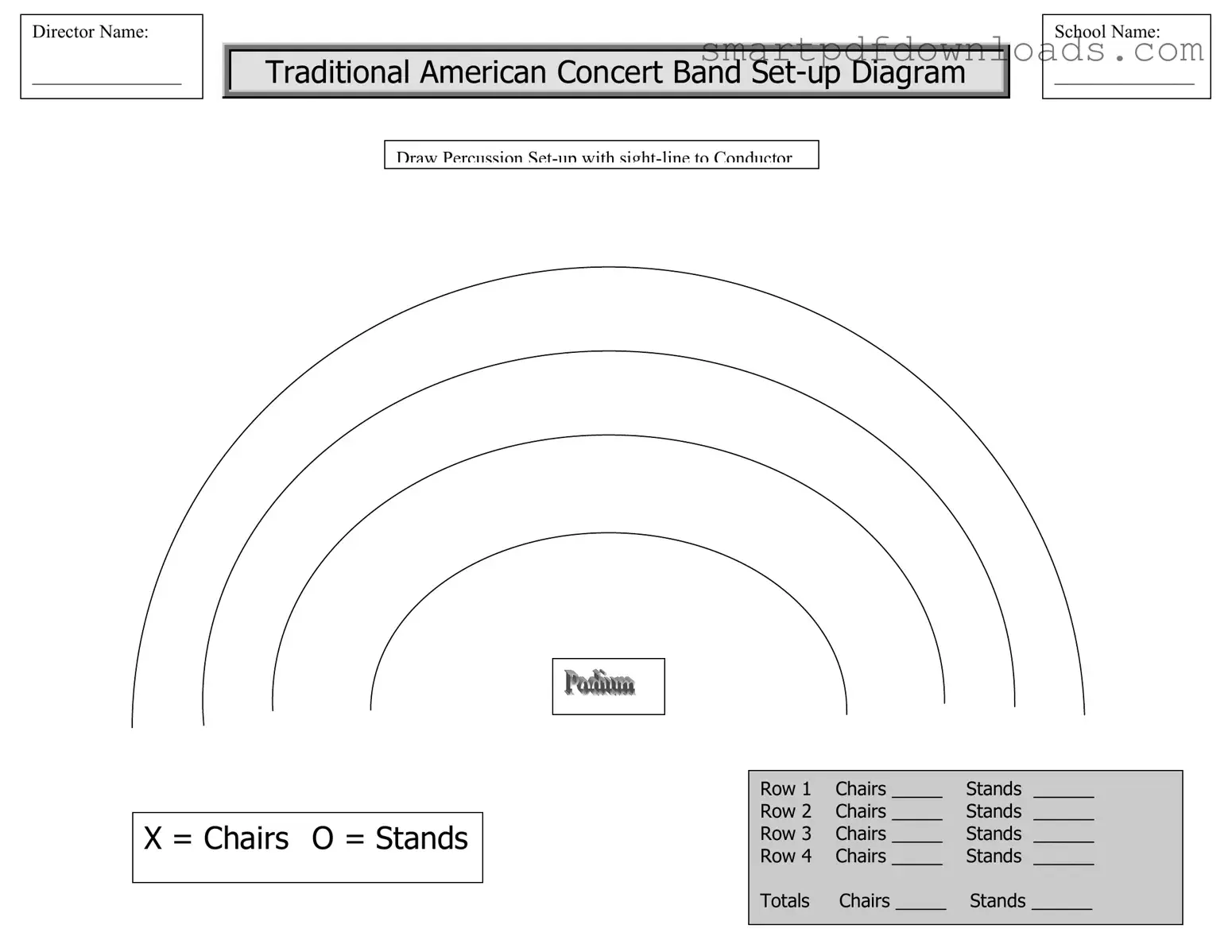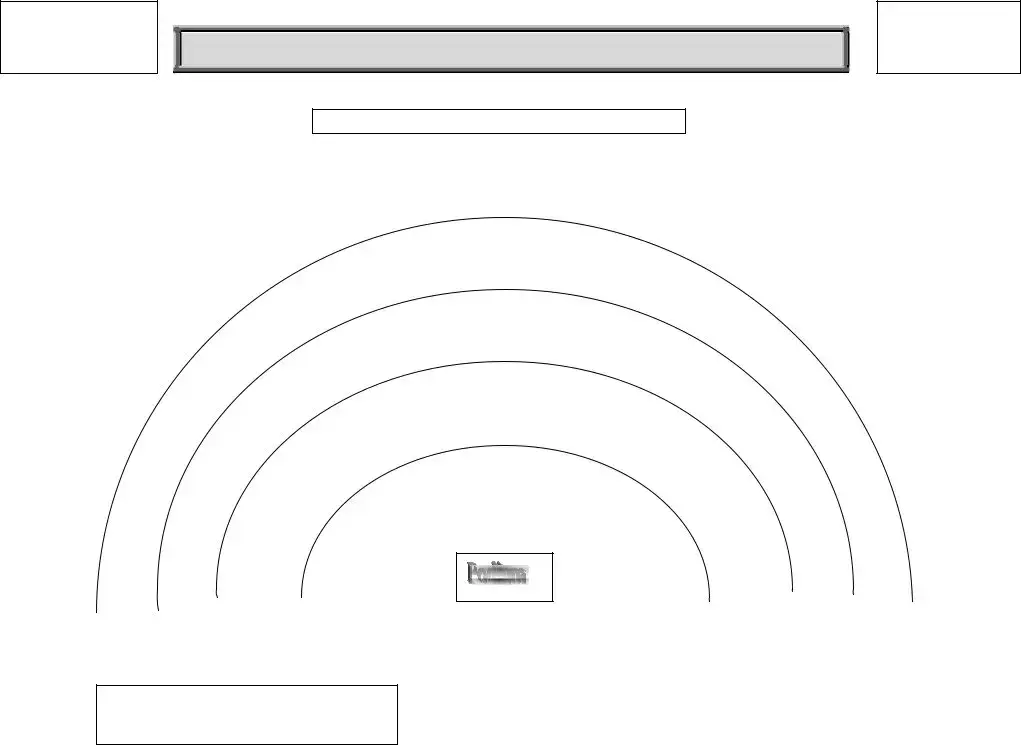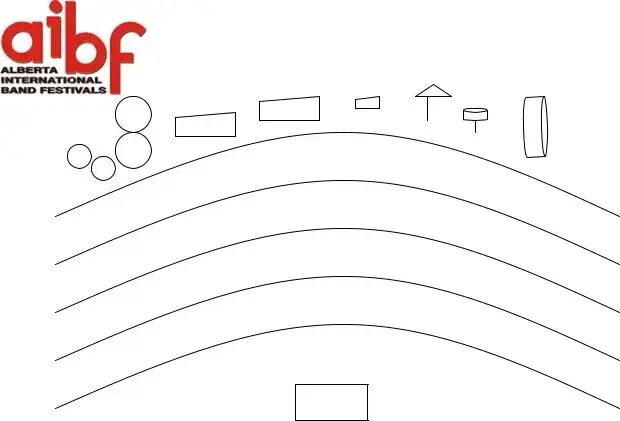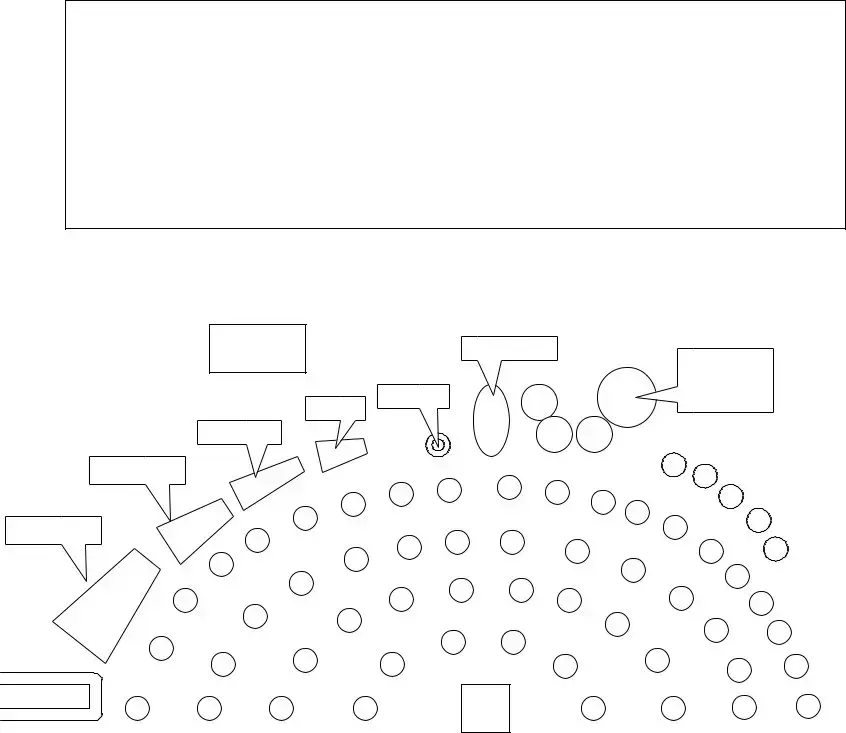Band Seating Chart Form
The Band Seating Chart form is a crucial tool used by music directors to organize the arrangement of musicians during performances. This form allows for the clear delineation of seating and stand placement, ensuring that all performers are positioned for optimal sightlines and sound projection. By filling out this form, directors can effectively communicate their specific requirements to the stage crew, facilitating a smooth and successful concert experience.
Edit Band Seating Chart Online



